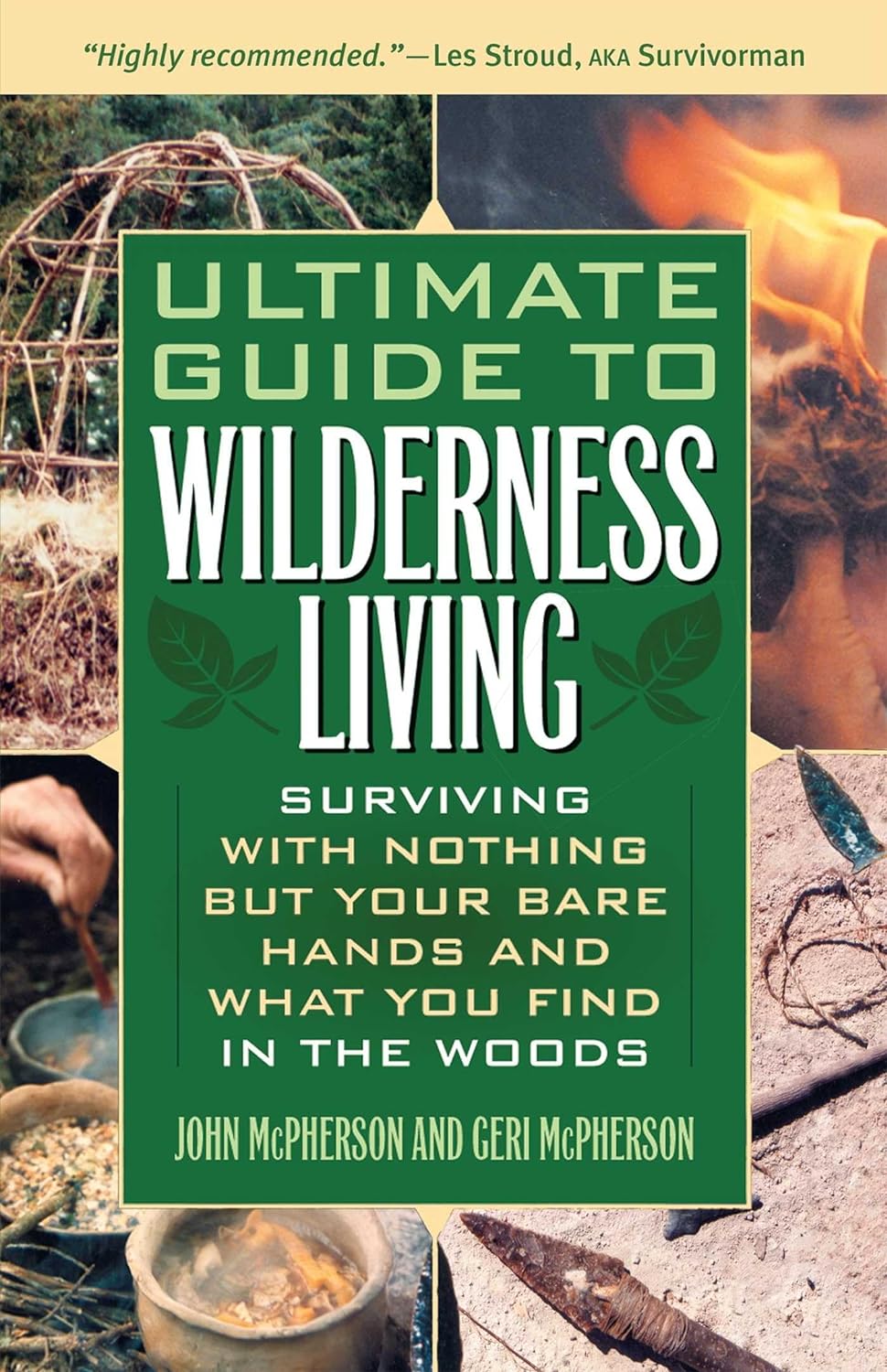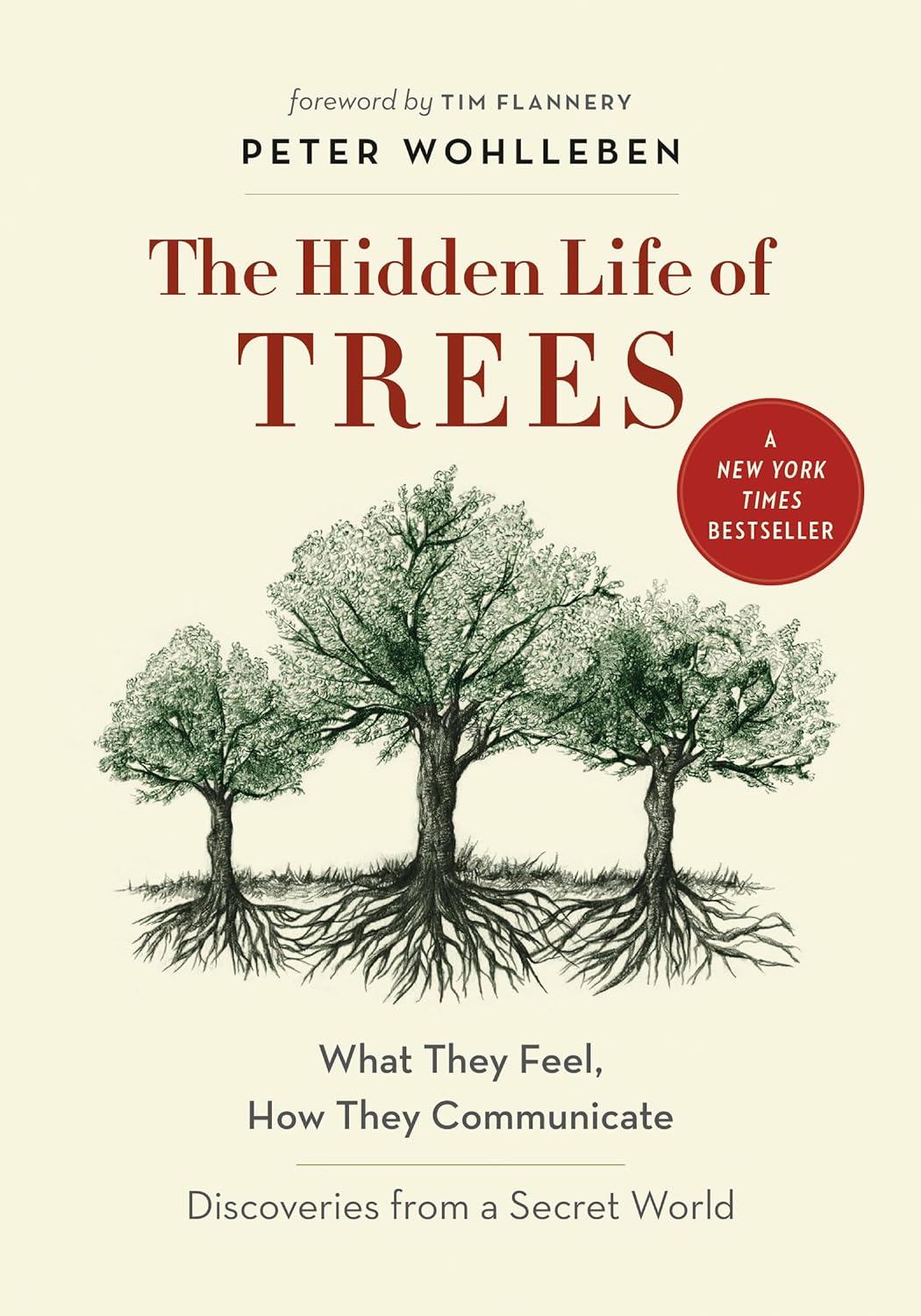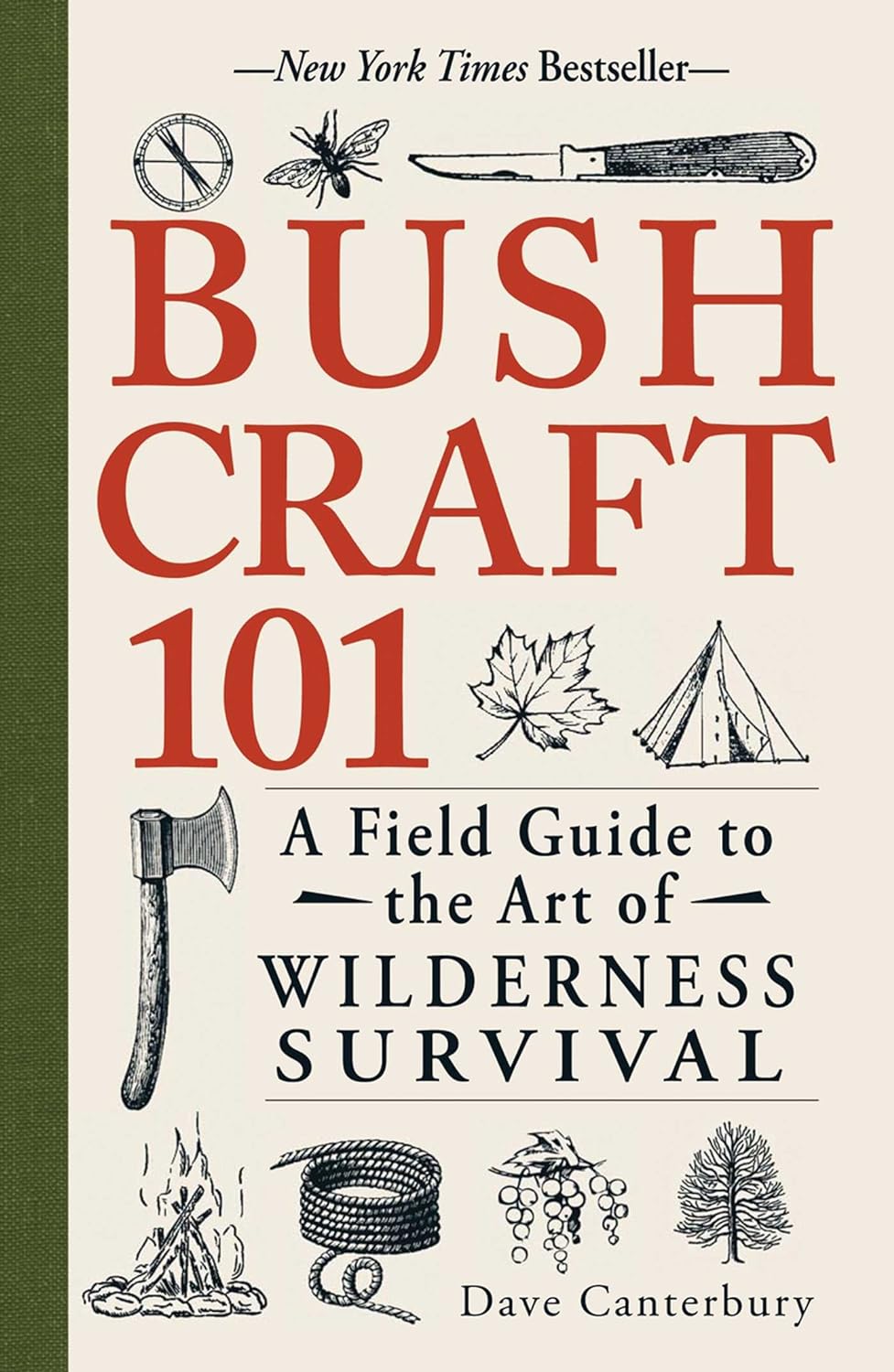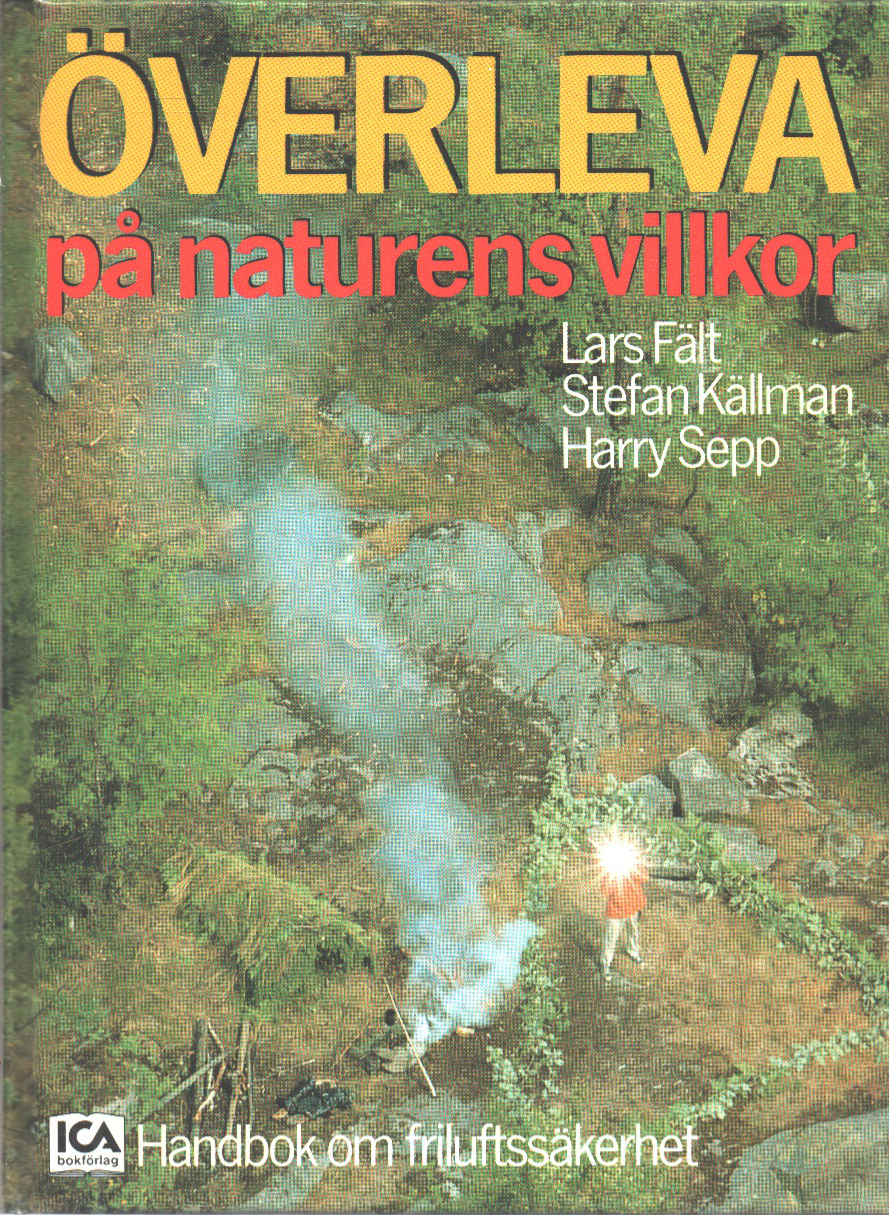Your cart is currently empty!
Books on bushcraft
Just being able to sit down and read a book in nature can be very rewarding, especially if you have a small fire and a cup of coffee going! Below is my attempt to collect some of the bushcraft books that I personally liked and got a lot out of.
-
Great Outdoor Adventures
The friendly tone used in the book conveys Bear’s enthusiasm and love for adventures, which is incredibly inspiring when reading!
-
Ultimate Guide to Wilderness Living
The book Ultimate Guide to Wilderness Living is a comprehensive guide on how to survive and thrive in the wild using only natural resources.
-
The Hidden Life of Trees: What They Feel, How They Communicate
In The Hidden Life of Trees forester and author Peter Wohlleben convincingly makes the case that the forest is a social network.
-
SAS Survival Handbook: The Ultimate Guide to Surviving Anywhere
SAS Survival Handbook is the ultimate guide to surviving anywhere, from the tropics to the poles, from the desert to the mountains and sea.
-
Out on the Land: Bushcraft Skills from the Northern Forest
Out on the Land is a great book for any outdoors-enthusiast, with plenty of great guides, beautiful images and interesting content!
-
The Walker’s Guide to Outdoor Clues & Signs
The Walker’s Guide to Outdoor Clues & Signs is the ultimate guide to what the outdoors can reveal – when you know what to look for.
-
Konsten att elda
”Konsten att elda” är boken som lär dig allt om att göra upp eld utomhus. Eld- och överlevnadsexperten Mattias Norberg delar med sig av sin detaljerade kunskap om allt från att välja rätt ved och tillverka fiffiga tändmaterial till hur du får igång en perfekt brasa, även när veden är sur, vinden viner och tändstickorna…
-
Bushcraft 101: A Field Guide to the Art of Wilderness Survival
Bushcraft 101: A Field Guide to the Art of Wilderness Survival is a practical and essential guide for anyone who loves the outdoors!
-
Överleva på Naturens Villkor
Överleva på naturens villkor is the ultimate survival guide for the Nordic wilderness, by experts Lars Fält, Stefan Källman and Harry Sepp.
-
On Foot: A History of Walking
On Foot, A History of Walking is a fascinating history about how, why, and to what effect humans have walked the earth for six million years.










